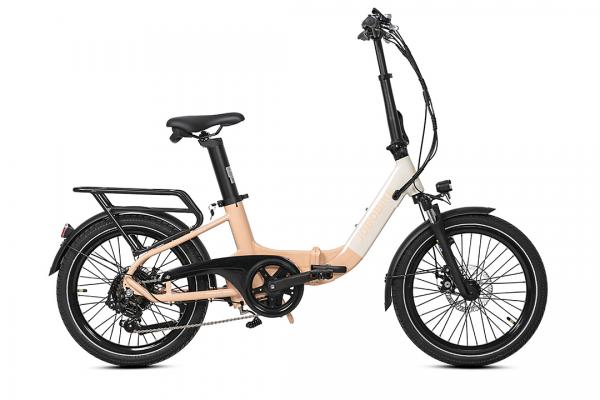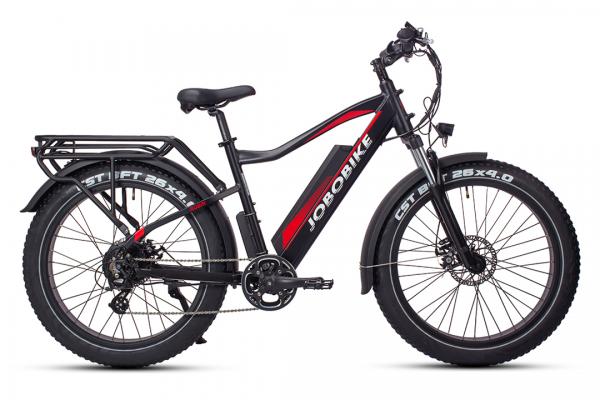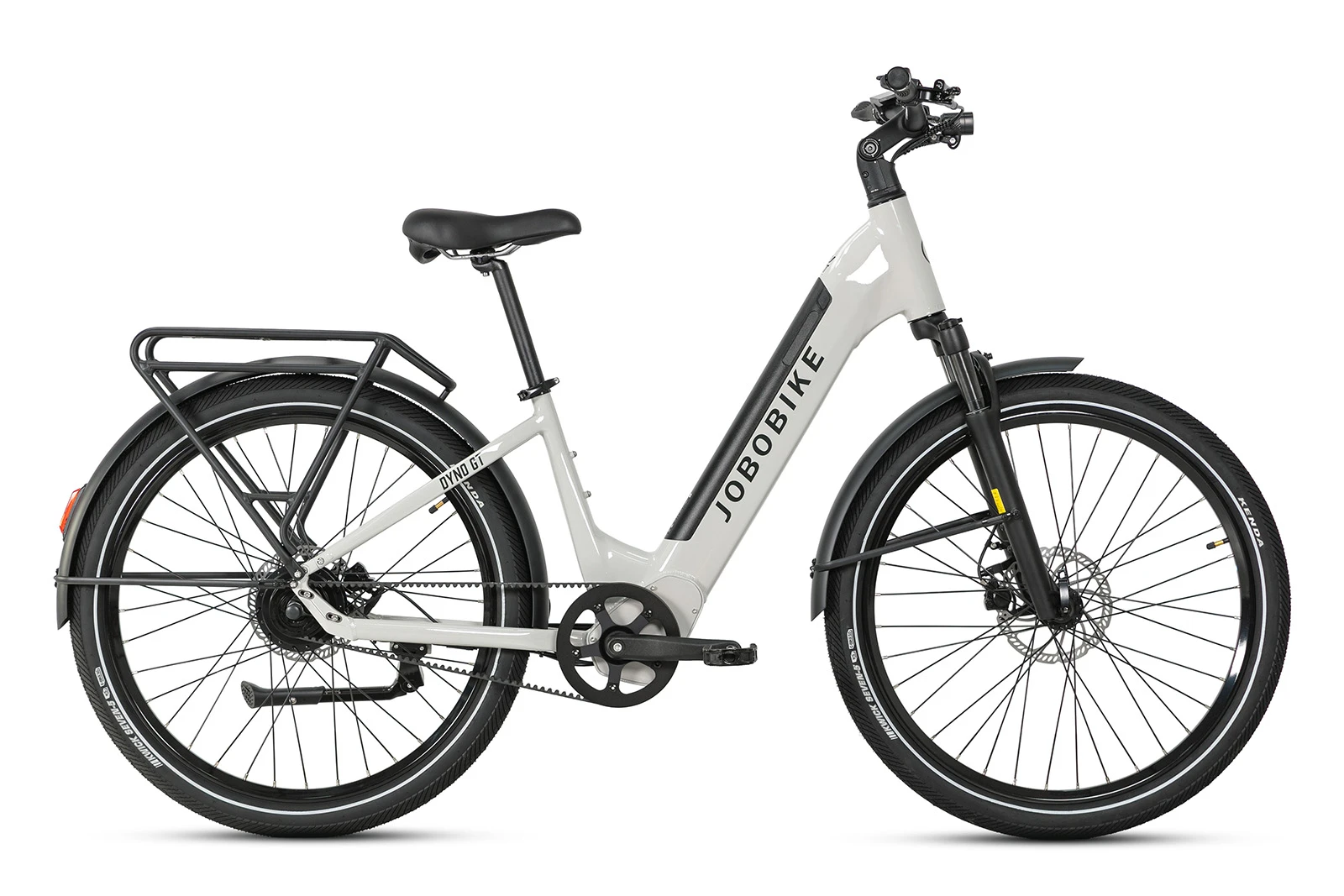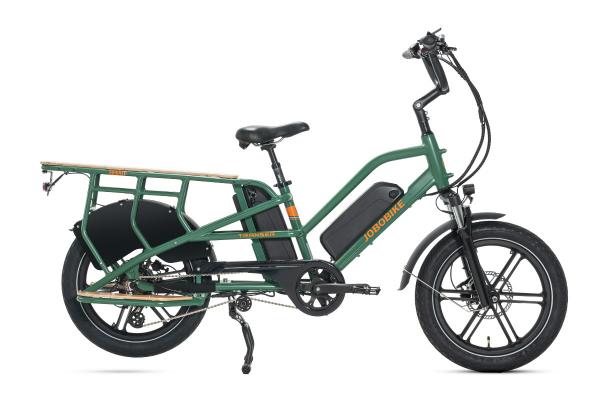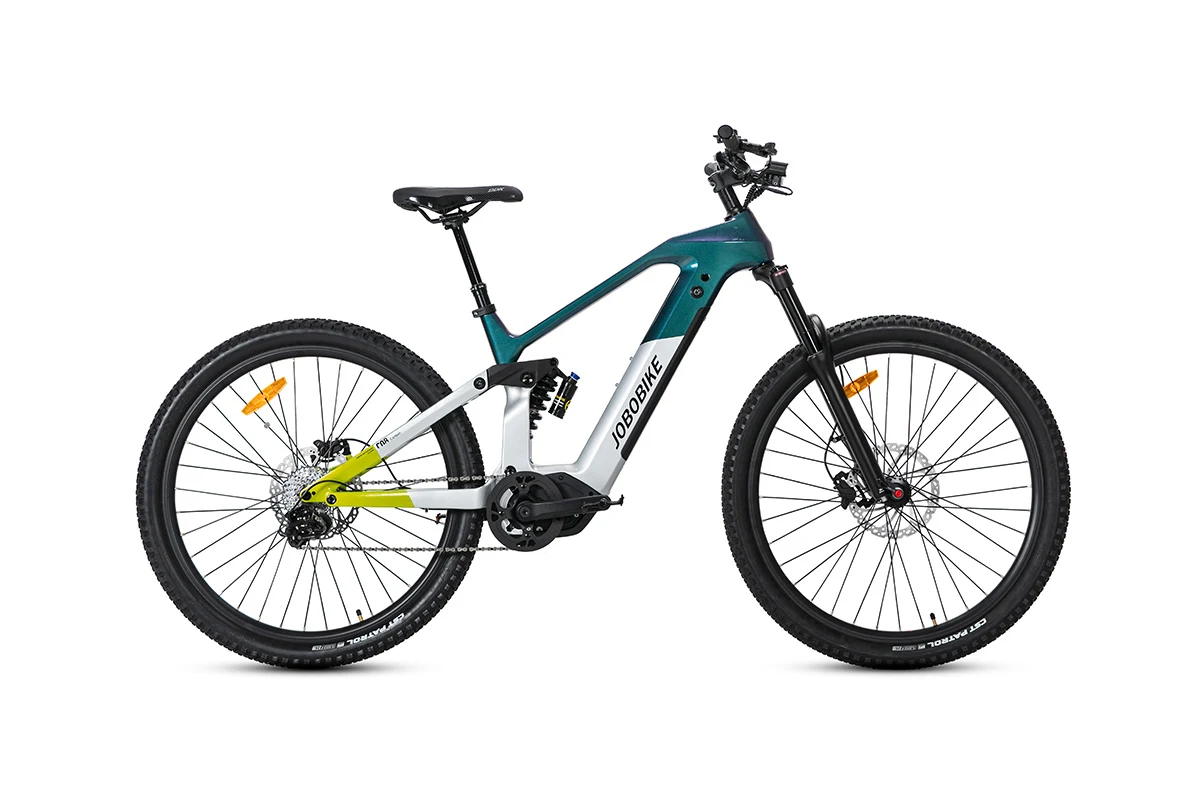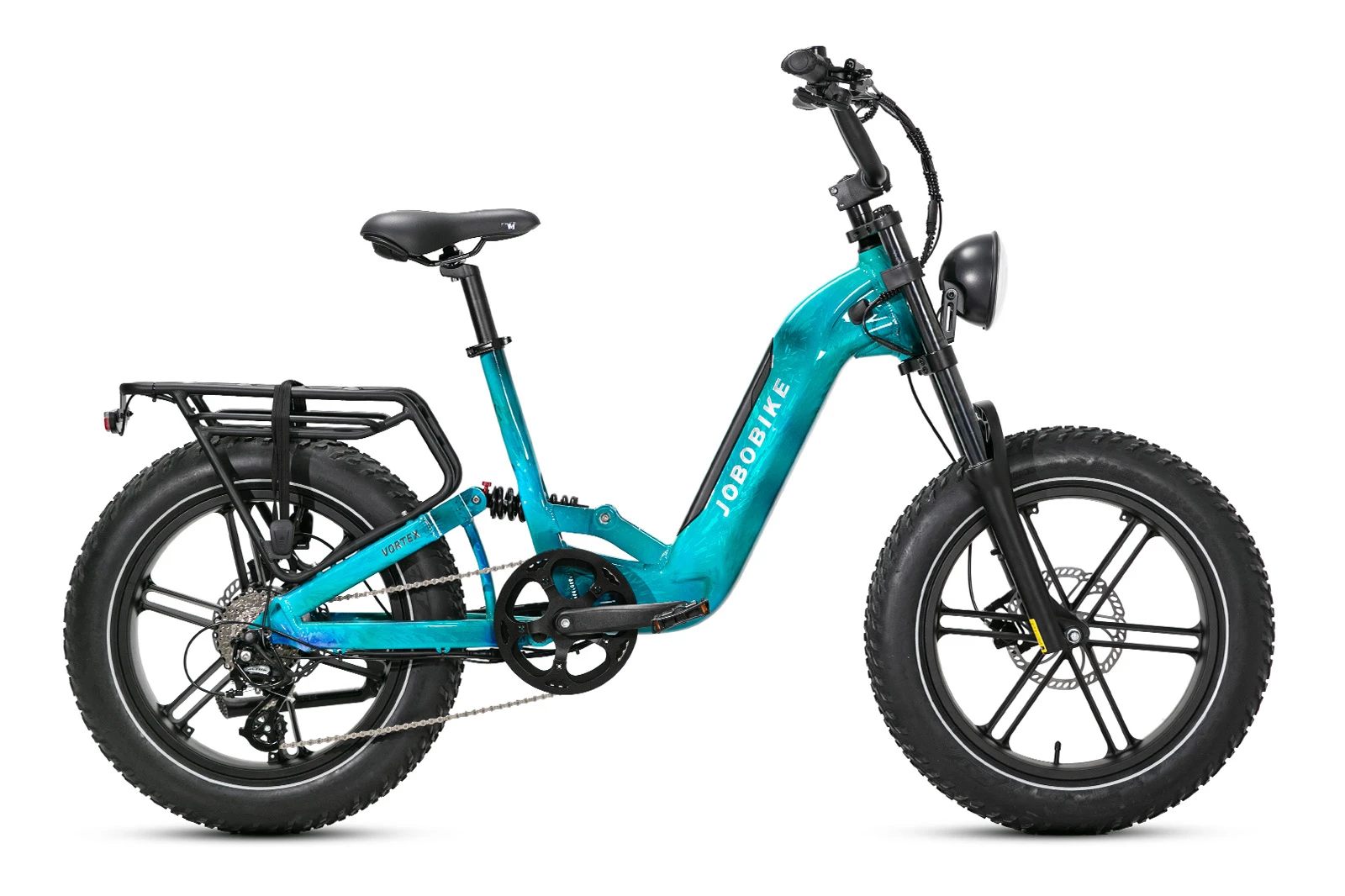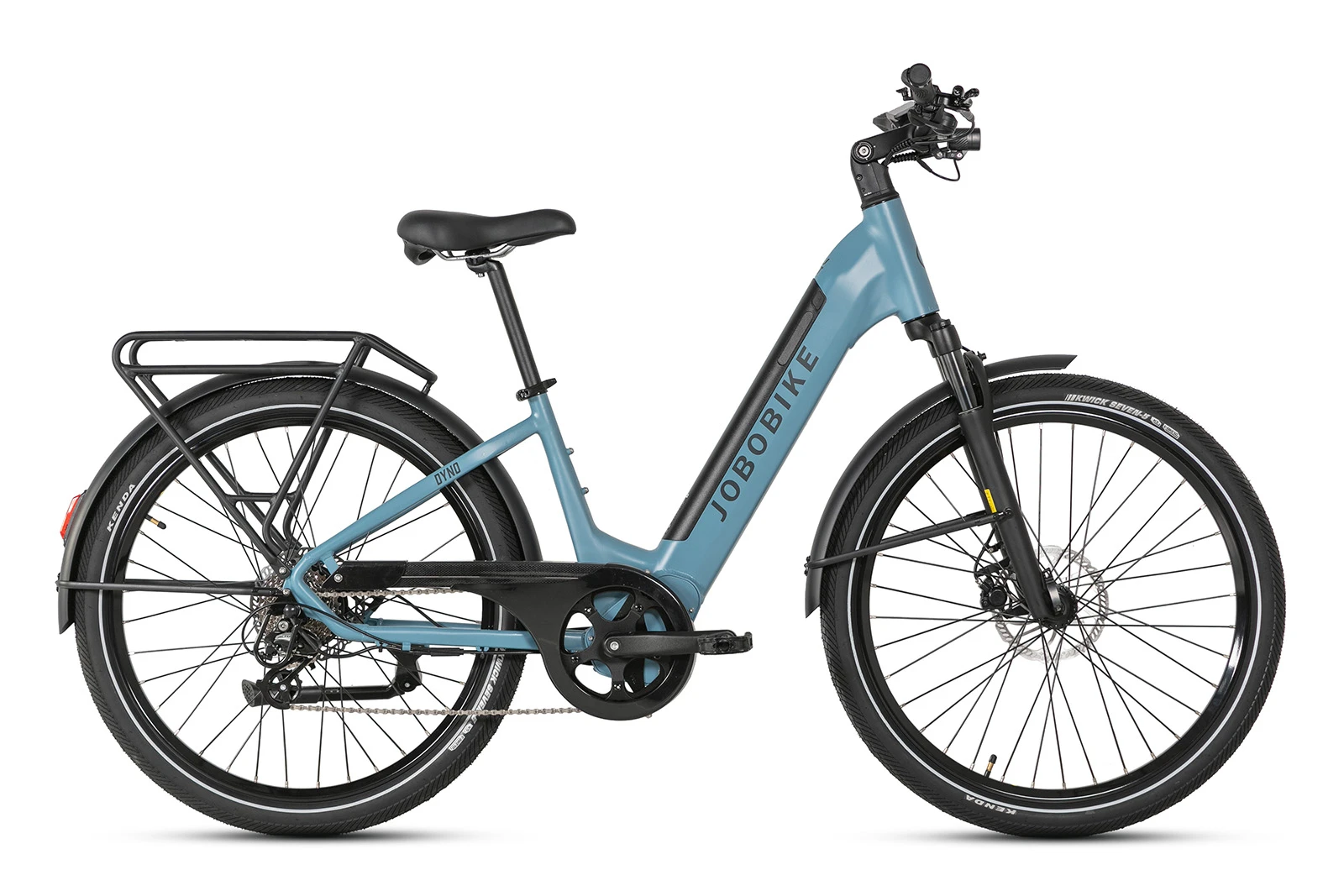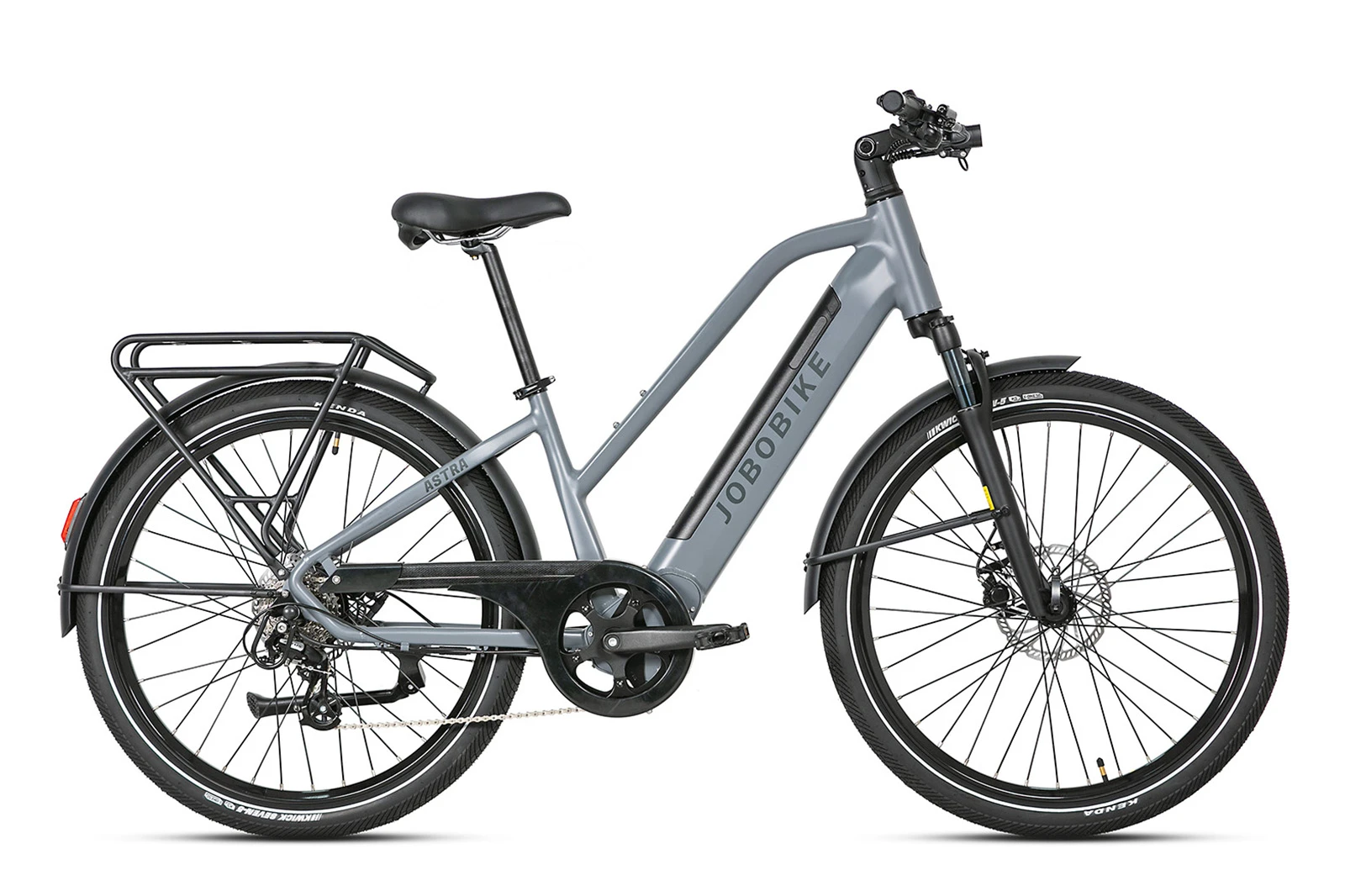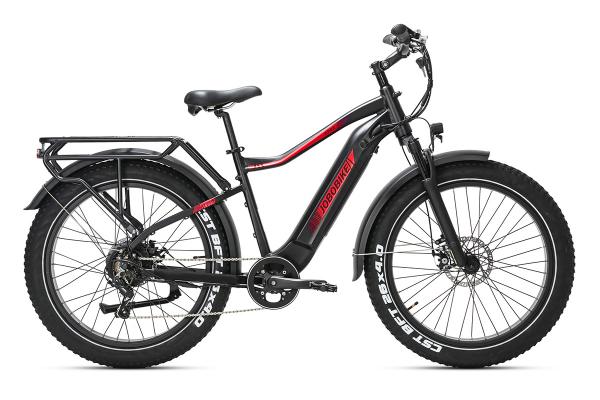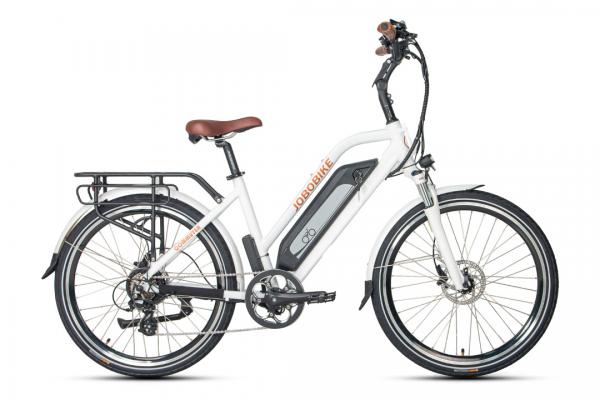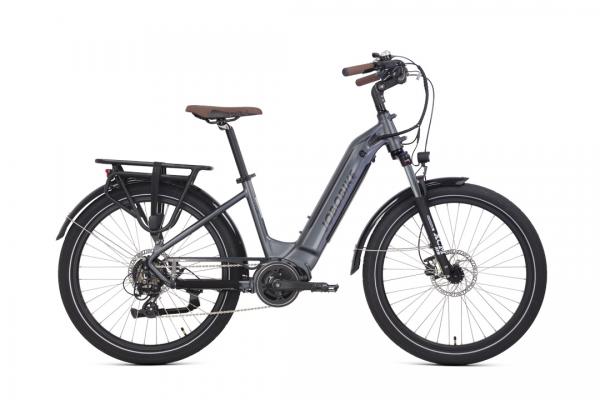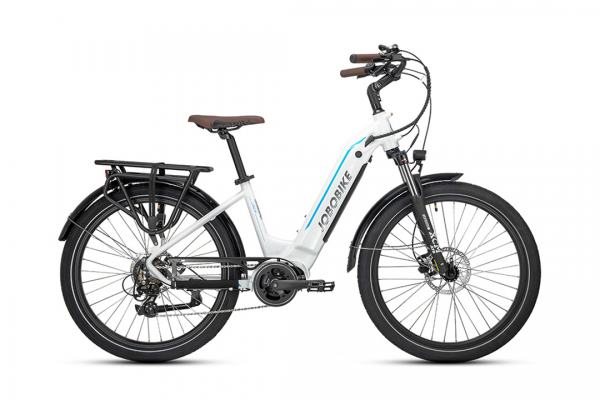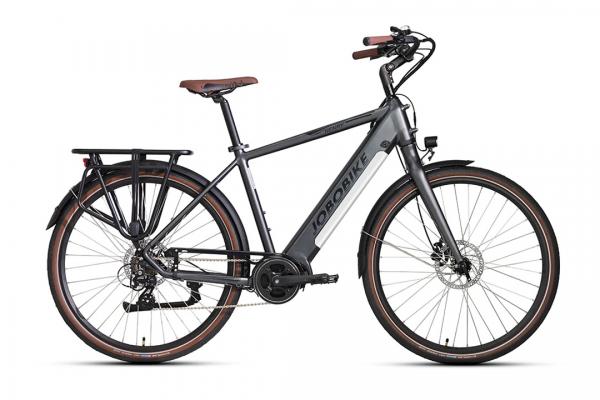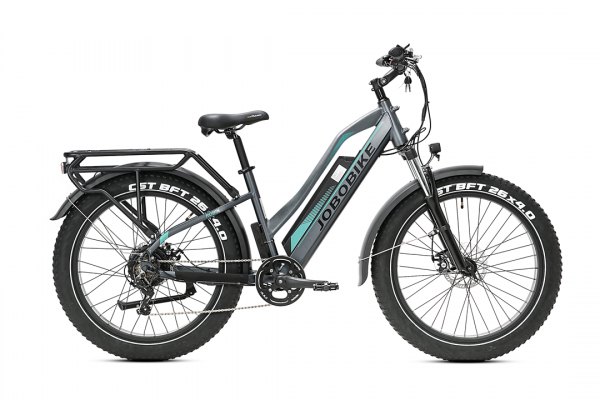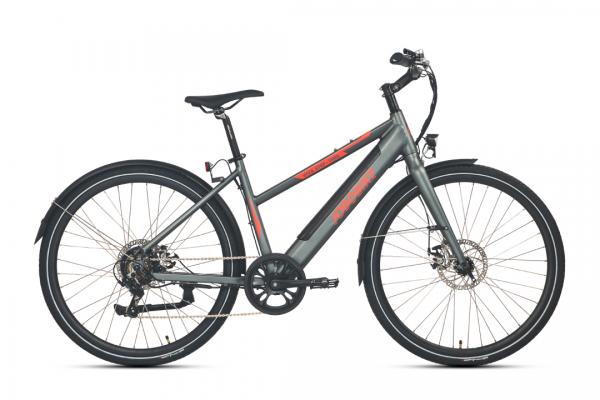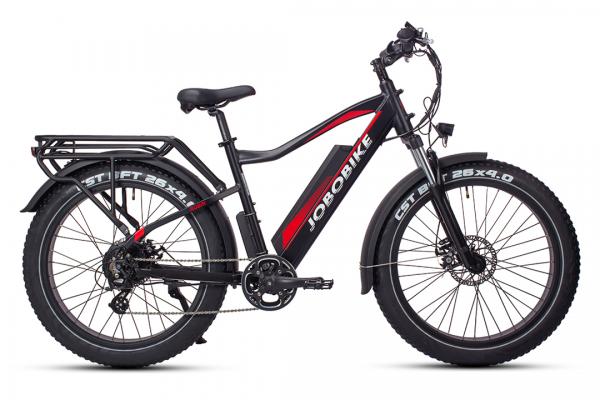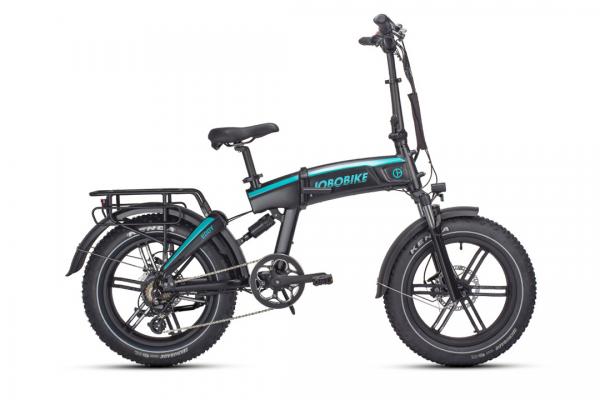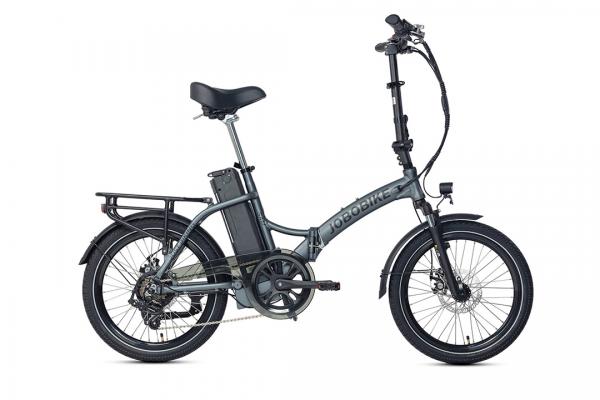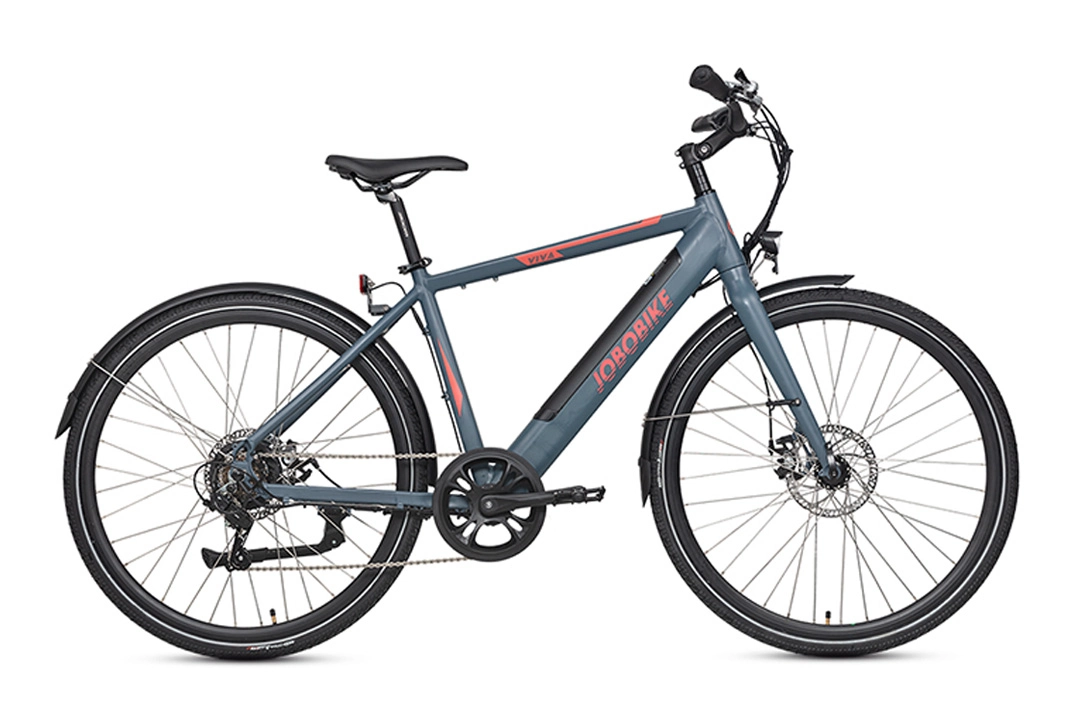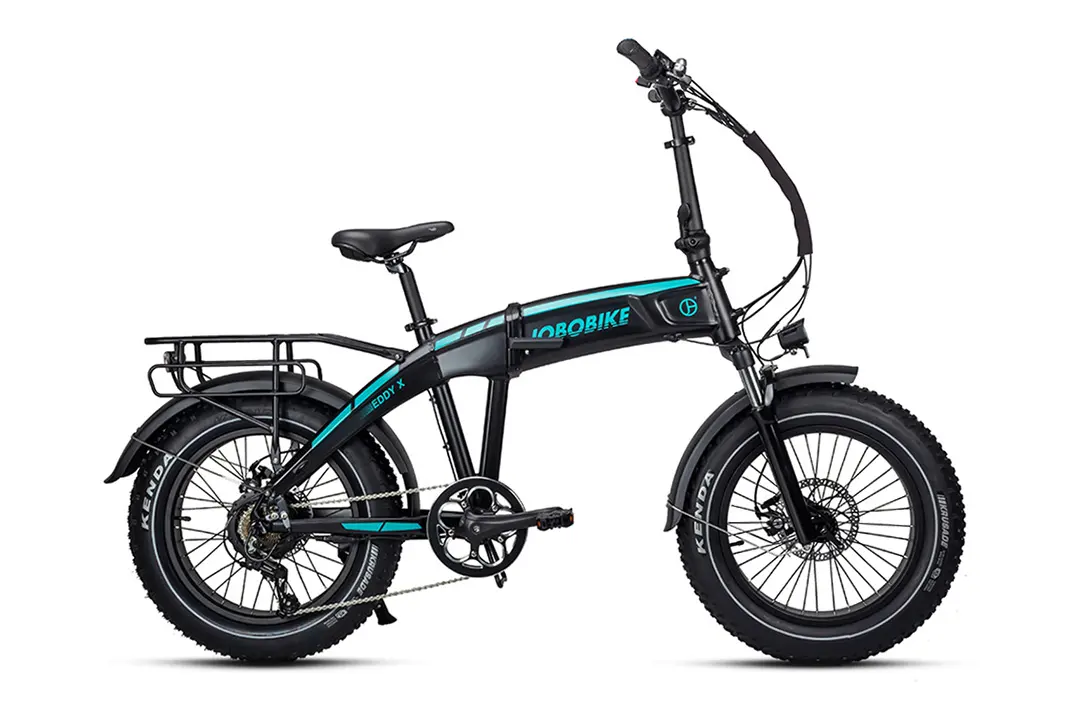Search our knowledge base or browse our topics below
Battery faults
1.0 Battery Overview
1.0.1 External environment for battery use.
(1) Please store the battery in a dry and cool place.
(2) The charge temperature of conventional lithium battery is generally from 0 ℃ to 40 ℃.
(3) The discharge temperature of conventional lithium battery is generally from - 20 ℃ to 60 ℃, and it is recommended to work from 0 to 40 ℃.
1.0.2 Long time storage criteria for battery
The lithium battery should be charged with 80% of its full power when it is not used for a long time, and stored in a dry and cool place. The battery should be charged for every 3 months to avoid the low power storage.
1.0.3 Methods to prolong battery service life
1.Do not overcharge the battery.
2. Do not overdischarge the battery.
3. Charge and discharge in a suitable temperature environment.
1.0.4 Private battery maintenance or modification
It is recommended to send the battery to a professional organization for maintenance. It is not recommended to modify the battery.
1.1 Symptom: The battery cannot be charged.
Cause 1: The fuse is burnt and result in the fail to charge.
Solution 1: Replace the fuse or replace the battery.
Cause 2: The BMS protection board inside the battery is faulty and result in the fail to charge.
Solution 2: Repair or replace the BMS protection board or replace the battery with a new one.
You can contact the manufacturer who will provide troubleshooting videos and problem solutions.
1.2 Symptom: The battery cannot supply the power.
Cause 1: The battery has been used for a long time, and its performance has failed, resulting in fail to discharge.
Solution 1: Replace the battery with a new one.
Cause 2: The battery has running out of power.
Solution 2: Charge the battery.
Cause 3: The battery button has not closed, resulting in no power supply.
Solution 3: Press the battery power button to make it available.
Cause 4: The battery lock is not set to the proper position, resulting in no power out (Sam model).
Solution 4: Set the battery lock to the proper position (Sam model).
Cause 5: The fuse at the battery discharge port is burnt or the BMS protection board is faulty, resulting in fail to discharge.
Solution 5: Send the battery back to the manufacturer for repair or replacement.
You can contact the manufacturer who will provide troubleshooting videos and problem solutions.
1.3 Symptom: The battery power LED indicator can not light up.
Cause analysis:
(1) The power of the battery has been running out, and the power LED indicator can not light up.
(2) The power LED indicator module is faulty and does not light up.
(3) The battery BMS board is faulty or the fuse is faulty and the power LED indicator can not light up.
Solution: Fully charge the battery and then measure the voltage of the battery with a multimeter. If the voltage is 0V, send the battery back to the manufacturer for repair or replacement; If the voltage is normal, the manufacturer shall provide the customer with LED indicator module for the replacement.
1.4 Symptom: Battery USB does not work.
Solution: Fully charge the battery, and then measure the voltage of the battery with a multimeter. If the voltage is 0V, send the battery back to the manufacturer for repair or replacement; If the voltage is normal, the manufacturer shall provide the customer with the USB module for replacement.
1.5 Symptoms: The battery is fully charged, the ebike cannot ride for a long distance, and the mileage becomes shorter.
Problem analysis:
(1) The riding conditions are not ideal or the riding mode is unreasonable.
(2) The battery performance is abnormal.
Troubleshooting:
(1) Use the charger to fully charge the battery (the red indicator of the charger turns to green). Then measure the battery voltage. the normal value is about 54.6V (42V).
(2) Record the TRIP value on the display before riding, set the pedal assistance level to the 3, and then start riding until the battery power is exhausted. After riding, check the mileage value on the display and calculate the riding distance. Then remove the battery and measure the voltage value of the battery discharge port. The normal value is about 42V (30V).
Precautions: During the riding process, it is necessary to ensure that the riding conditions are under ideal conditions.
1. The temperature of the riding environment should not be too low, otherwise the riding distance will be affected. The suitable temperature is about 30 degrees.
2. The road condition is ideal, the ground is flat and hard, and there is no steep slope.
3. The tire pressure is sufficient.
4. During the riding process, there is no frequent braking and quick start.
(3) If the measurement result is abnormal, send the battery back to the manufacturer for repair or replacement.
1.6 Symptom: the battery operating temperature is too high.
Solution: Long-time and high-power riding in high temperature will leads to high temperature on the battery shell. Therefore, in order to avoid the high working temperature of the battery, you should try to avoid riding for a long time in high temperature weather.
1.7 Symptom: The battery is on fire and smokes.
Solution: Replace the battery with a new one.
1.8 Symptom: The battery discharge port is damaged.
Cause 1: The discharge port is damaged due to short circuit or battery failt.
Solution 1: Check whether the external circuit has short circuit fault; Repair or replace the battery port.
Cause 2: While installing the battery, it is out of alignment and squeezed by external force, resulting in mechanical deformation and damage of the discharge port.
Solution 2: Repair or replace the battery discharge port. In addition, when installing the battery, ensure that the installation position is correct.





